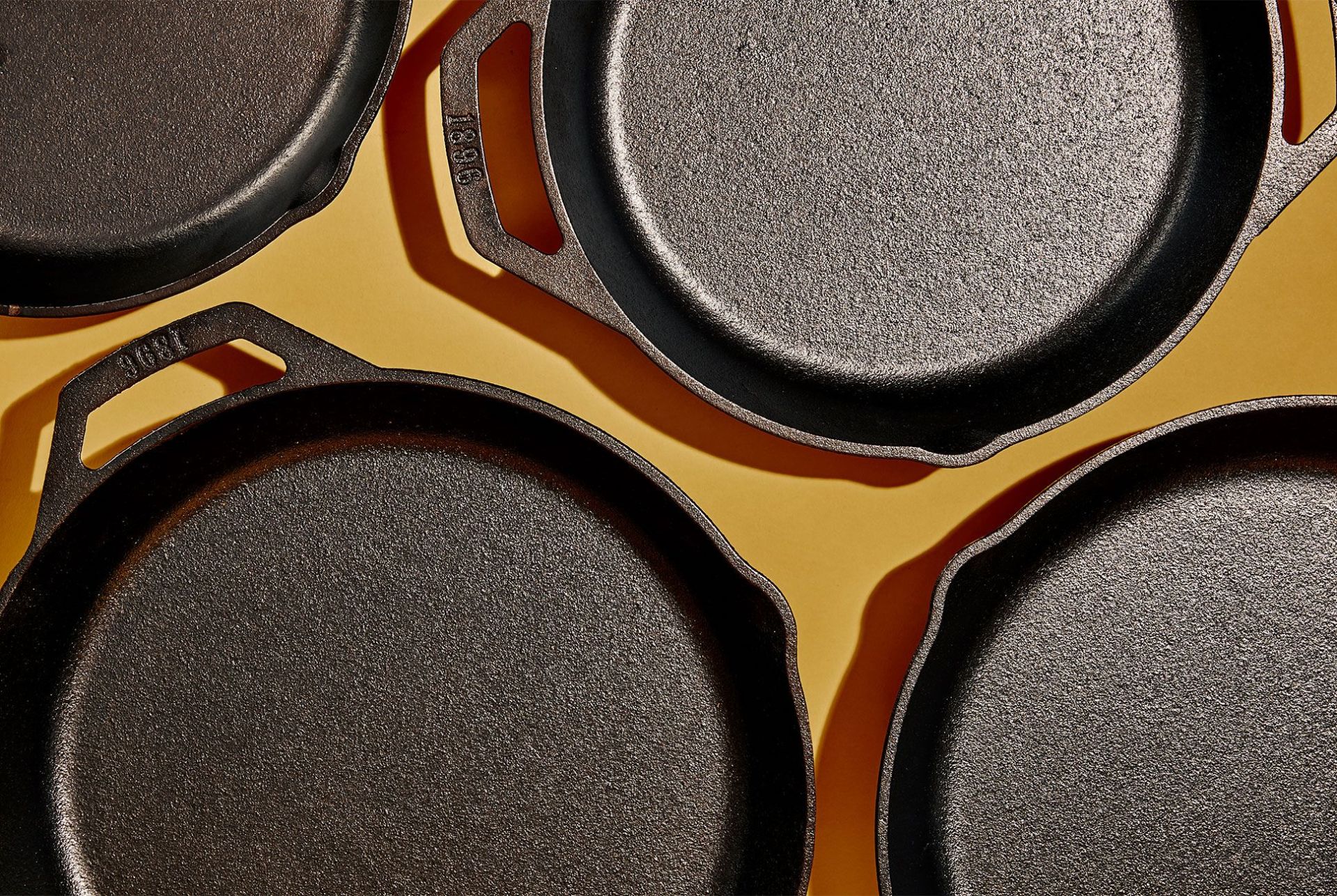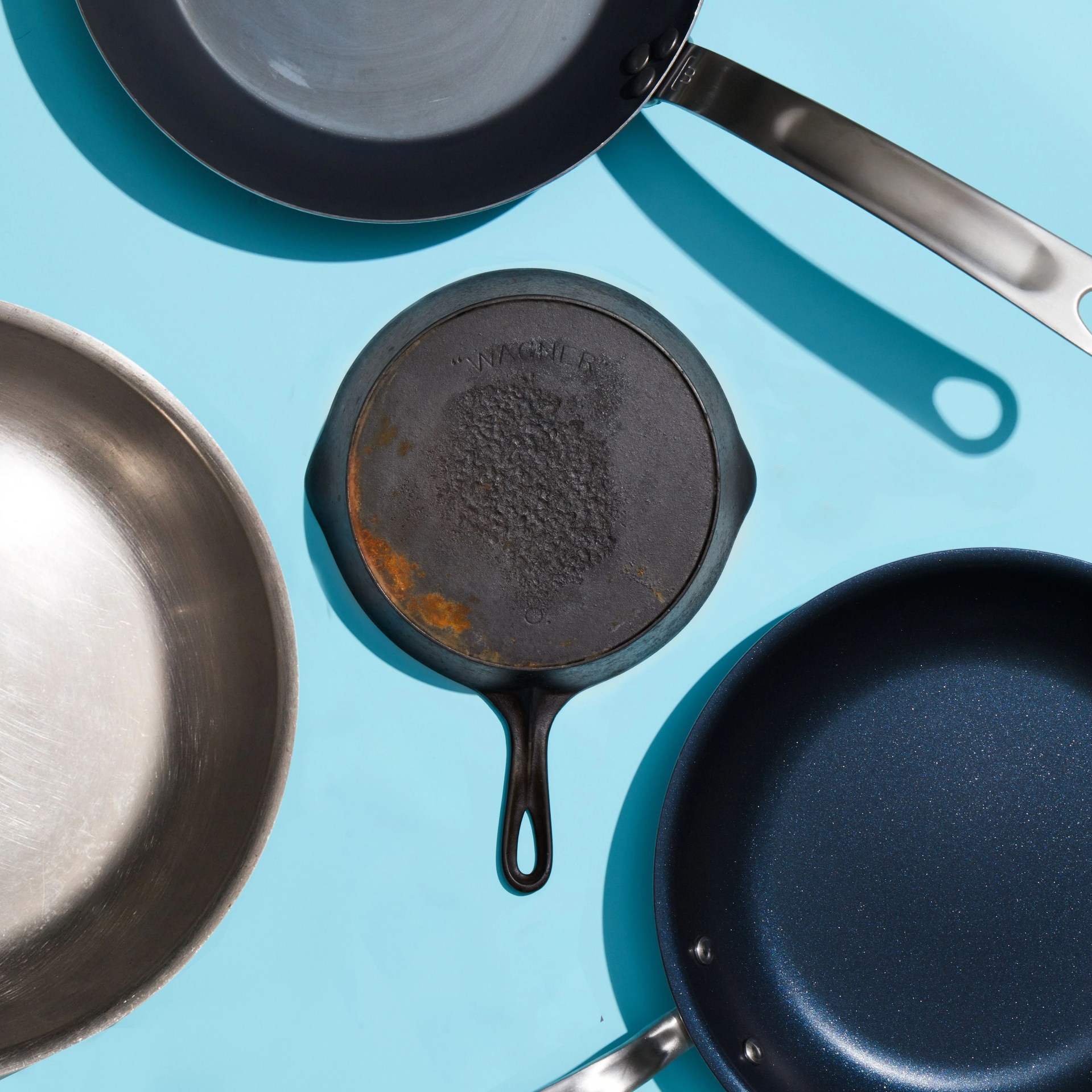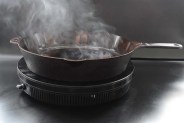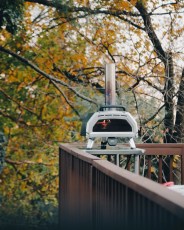In the world of cast iron, folklore collides with fact. That skillet that’s been passed down from your great grandmother may seem unbreakable but iron is far more brittle than its steel, aluminum or copper counterparts; and all the blogs that say any trace amount of soap is the death of cast iron are totally wrong.
My point is, when dealing with a new cast-iron skillet, it’s easy to be led astray. Here are four traps beginners routinely fall into, and how you can avoid them.
1. They don’t preheat the pan
Don’t listen to your grandpa: when it comes to heat, cast iron is an excellent insulator but a terrible conductor. That means it stays hot but takes a long time to get there.
Cast iron is an excellent insulator but a terrible conductor. That means it stays hot but takes a long time to get there.
Preheat the skillet over a burner for five to ten minutes on medium-low, then adjust the burner to the appropriate heat level when you’re one minute out. Doing so means two things: the surface temperature of the skillet will be high enough to immediately evaporate liquid from food and begin searing, and the pan won’t suffer dramatic drops in surface temperature when you put cold food in it.
A proper preheated skillet also helps to alleviate hot spots, though these can only be avoided to an extent when addressed on the stovetop. The best way to avoid excessing hot spots is preheating in the oven or on an induction burner.





